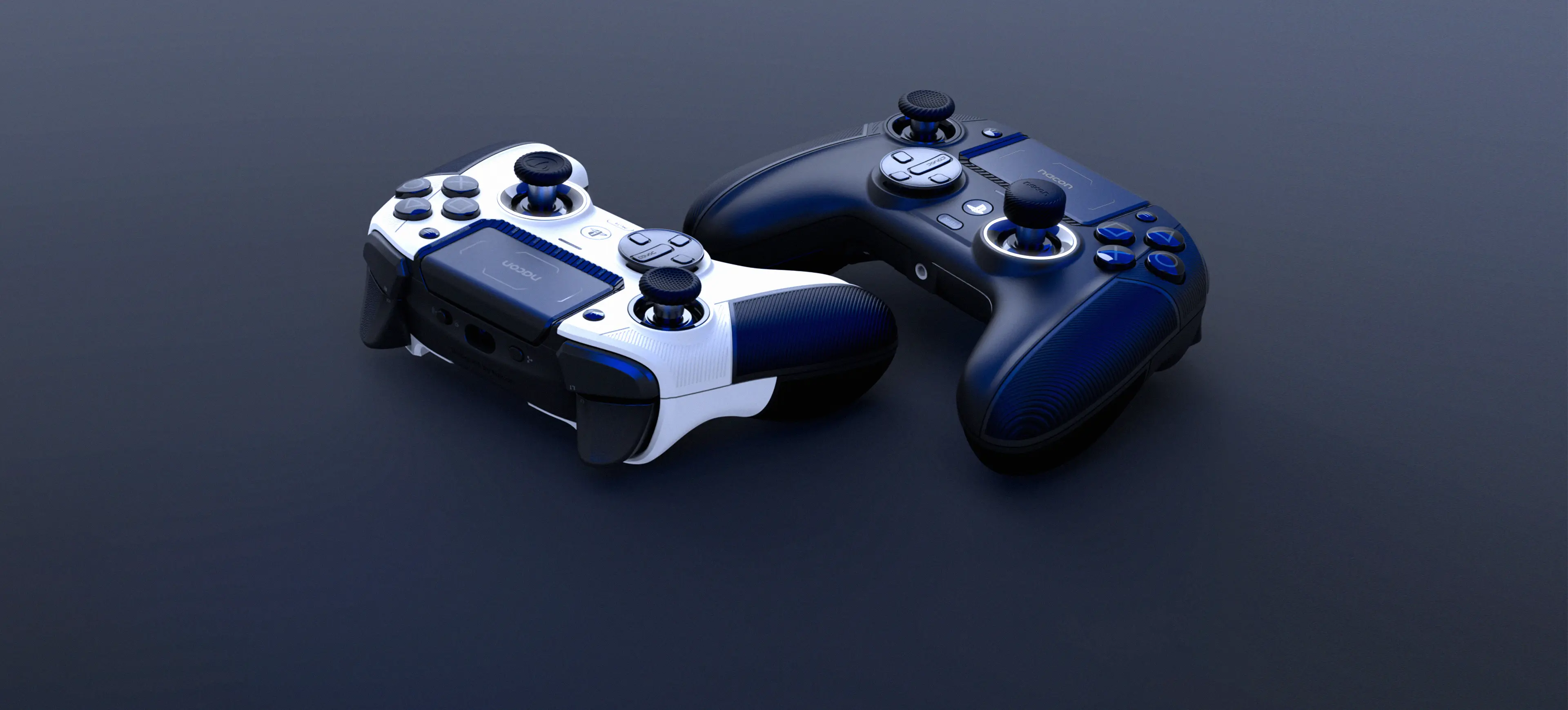- Basic steps to connect a wireless mouse
- Troubleshooting common Bluetooth or RF mouse connection issues
- Tips to optimize wireless connection
Wondering how to connect a wireless mouse to your computer? In this installation guide, discover our step-by-step instructions to pair your wireless mouse with a PC or Mac.
Basic steps to connect a wireless mouse
Preparing your mouse and device
First step: check the device compatibility with your PC. For a Bluetooth mouse, make sure your computer has a built-in receiver; for a USB dongle connection, ensure that your computer's port standard (usually USB-A or USB-C) matches the USB receiver.
If your mouse has a rechargeable battery, use the USB charging port and the provided cable to fully charge it. For battery-powered mice, ensure the batteries are inserted in the dedicated compartment. Then, turn on the mouse with the on/off switch, usually located underneath or on the side of the device.
Connecting via Bluetooth or USB dongle
- Bluetooth connection: go to the Bluetooth devices menu, then choose to add a new device. On the mouse, locate the sync button, usually near the left and right buttons, or on the back. Hold this connection button: the mouse should then appear in the list of available devices. Select it to complete the pairing.
- USB dongle connection: insert the receiver into one of your computer's USB ports. Then turn on the mouse by pressing the power button. Some models may require pressing a sync button to complete the process.
Troubleshooting common Bluetooth or RF mouse connection issues
Quick diagnostics and solutions
Having trouble connecting your wireless mouse? Here are some Bluetooth or RF (radio frequency) diagnostic and troubleshooting steps.
- Make sure the mouse is turned on.
- Check that the batteries are properly inserted, and that their protective plastic has been removed.
- For a rechargeable mouse, ensure the battery is full.
- Restart your computer and/or mouse.
- Reset your mouse connection.
- On PC, go to the device manager, then to "Mice and other pointing devices". Select your device, then click "Uninstall device" and "Delete the driver for this device".
- On Mac, go to the system preferences menu, then to "Mouse" and "Set up a Bluetooth mouse". Click the "i" button next to your mouse's name, and finally on "Forget this device".
- Follow the pairing steps above again to reset your mouse.
Updating drivers and software
Outdated or corrupted drivers and software can cause malfunctions. In your computer settings, check if updates are available for your operating system and your mouse. You can also use specific utility software, such as AVG Driver Updater, to automate this process by systematically downloading the latest updates for your mouse.
Tips to optimize your mouse's wireless connection
Improving wireless performance
Want to enjoy an optimal connection? Here are some daily tips to improve your mouse's wireless connection.
- Unplug or turn off non-essential peripherals like printers, USB drives, or external hard drives when using your mouse. This frees up power for the USB dongle or Bluetooth signal, reducing slowdowns.
- Keep away from interference sources, including wireless devices (like tablets and phones), microwaves, TVs, refrigerators, routers, modems, and other computers.
- Ensure there are no physical obstacles between your mouse and the receiver.
- Consider purchasing a range extender, which improves the wireless receiver's signal.
Maintenance and daily usage tips
Day by day, follow these tips to maintain and extend the life of your wireless mouse, while keeping its precision and responsiveness.
- Keep your mouse within 10 meters of the receiver for a more stable connection.
- Position the front of the USB dongle towards your mouse or keyboard.
- Regularly clean the bottom of the mouse to remove dust and dirt that may accumulate.
- Use a mouse pad to improve the device's precision and reduce wear.








